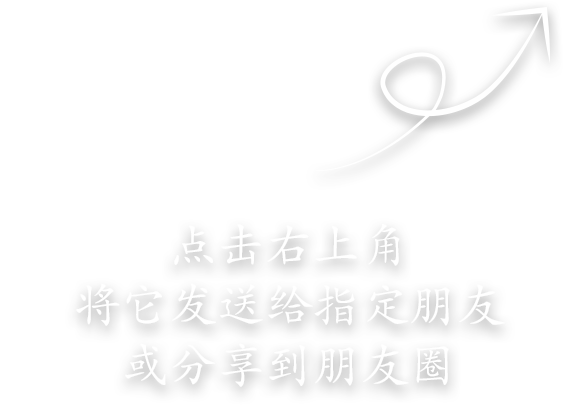Technical analysis and Application of Air flotation Rotating Shaft, XYZ motion Platform, Ceramic plate fork and fixture plate
In the field of modern precision manufacturing and automation equipment, air flotation rotating shafts, XYZ motion platforms, ceramic disc forks and fixture discs, as key components, are widely used in high-precision scenarios such as semiconductor processing, optical inspection and precision assembly. This article will analyze the core value of these components from the perspectives of technical principles, functional characteristics and practical applications.
1. Air flotation Rotating shaft: A model of high precision and low friction
The air-floating rotating shaft achieves non-contact support through gas static pressure bearing technology, using compressed air to form a uniform air film between the shaft and the bearing, eliminating mechanical friction. Its core advantages include:
Zero wear: The design without physical contact extends service life and is suitable for continuous high-speed operation scenarios.
Sub-micron level accuracy: Radial runout can be controlled within ±1μm, meeting the high-precision requirements such as optical lens polishing.
Low vibration characteristics: The gas film damping effect significantly reduces mechanical vibration and improves the quality of the machined surface.
Typical applications include lens calibration of photolithography machines and multi-angle positioning of chip packaging equipment, etc.
Ii. XYZ Motion Platform: Precise Control in three-dimensional Space
The XYZ motion platform is driven by linear motors or ball screws to achieve coordinated movement of the X/Y/Z three axes. The breakthroughs in key technologies are reflected in:
Nanoscale resolution: Utilizing a closed-loop feedback system with a grating ruler, the positioning accuracy can reach ±50nm.
High acceleration response: The servo drive system supports instantaneous acceleration of over 0.1g, meeting the demand for rapid line changing.
Modular design: Supports multi-platform cascading expansion to meet the processing requirements of workpieces of different sizes.
In PCB drilling machines and lithium battery electrode sheet cutting equipment, the XYZ platform ensures processing consistency through precise path planning.
Iii. Ceramic Plate Forks: Material Innovation Empowers Functional upgrades
Ceramic disc forks are made of zirconia or silicon nitride ceramic materials and formed through a precise sintering process. Its core features include:
High hardness and wear resistance: Vickers hardness exceeds 1200HV, suitable for high-load clamping scenarios.
Excellent thermal stability: The coefficient of thermal expansion is as low as 0.5×10⁻⁶/℃, suitable for extreme temperature differences in semiconductor annealing processes;
Insulation performance: The dielectric strength exceeds 20kV/mm, meeting the isolation requirements of high-voltage testing equipment.
Typical applications include end effectors of wafer handling manipulators and electrode fixtures of vacuum coating equipment, etc.
Iv. Fixture Tray: The core carrier of process integration
The fixture tray, as the positioning reference of the workpiece, its design needs to take into account both accuracy and process compatibility:
Multi-station layout: Adopting honeycomb matrix or concentric circle array design to achieve synchronous processing of batch workpieces;
Quick-change structure: The modular quick-release fixture design shortens the equipment downtime;
Material diversity: Materials such as bakelite board, aluminum alloy, and engineering plastics meet the temperature control requirements of different processes.
In SMT placement machines and optical inspection equipment, fixture trays ensure the positioning accuracy of workpieces through vacuum adsorption or mechanical locking.
V. System Integration and Synergy Effects
The above-mentioned components form a synergy effect in high-end manufacturing equipment: the air flotation rotating shaft provides high-precision rotational degrees of freedom, the XYZ platform realizes planar motion coverage, the ceramic disc fork serves as a highly reliable execution terminal, and the fixture plate completes the precise positioning of the workpiece. For instance, in a wafer bonding machine, the collaborative work of the four can achieve chip stacking with micron-level alignment accuracy.
Conclusion
As intelligent manufacturing advances towards nanoscale precision, the technological iterations of air flotation rotating shafts, XYZ motion platforms, ceramic disc forks and fixture discs will continue to drive breakthroughs in equipment performance. The future development direction will focus on areas such as intelligent sensing integration, energy consumption optimization, and multi-physics field coupling control, opening up broader application space for high-end manufacturing.






Please first Loginlater ~